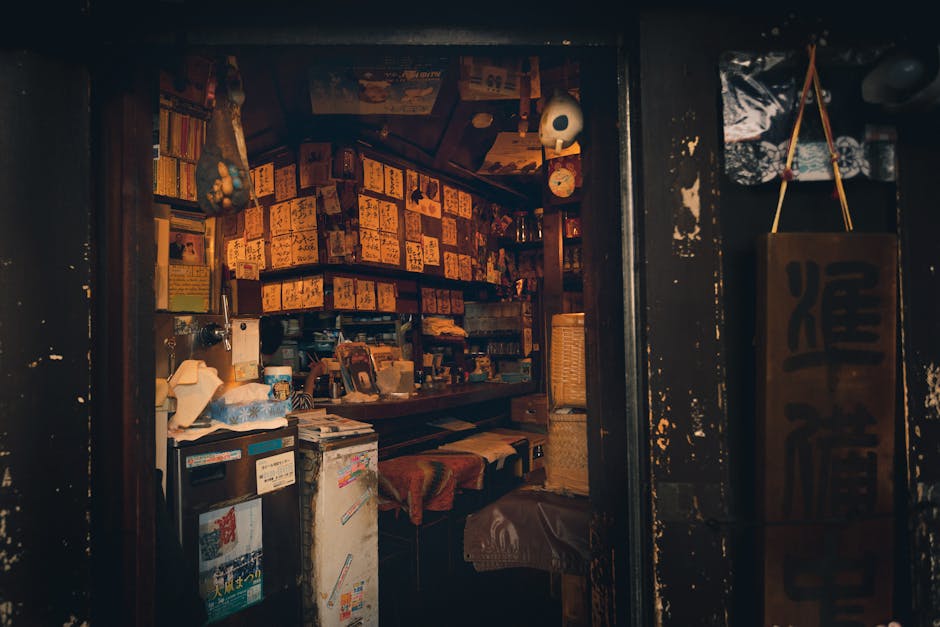From Castle Walls to Digital Wallets: How Sengoku Warlords and NFTs Are Solving Highway Congestion on the Tomeihan and Ise Expressways

Imagine, for a moment, the vast, intricate networks that have crisscrossed Japan for centuries. From ancient footpaths trodden by samurai to the bustling superhighways of today, the challenge of efficient movement has always been paramount. Now, in a fascinating blend of history and cutting-edge technology, Japan is turning to its legendary Sengoku Warlords and NFTs to tackle a very modern problem: highway congestion.
This October, a unique experiment is set to unfold on the Tomeihan Expressway and the Ise Expressway. The goal? To promote traffic dispersion and achieve highway congestion relief. The method? Distributing digital collectibles in the form of Sengoku Warlord Trading Cards, backed by NFT technology, as incentives. As a historian, I find this initiative absolutely captivating, a testament to the enduring legacy of these powerful figures and the strategic thinking that defined their era.
Echoes of Strategy: From Castle Walls to Digital Wallets
The Sengoku period (roughly 1467-1615) was a tumultuous age of incessant warfare, brilliant strategies, and the rise and fall of formidable warlords. Figures like Oda Nobunaga, Toyotomi Hideyoshi, and Tokugawa Ieyasu were not just fierce warriors; they were master strategists, logisticians, and psychological architects. Their success hinged on understanding terrain, controlling vital routes, and moving their armies with precision and efficiency. The very concept of "traffic dispersion" was, in a brutal military sense, key to their operations – whether it was to avoid an enemy ambush, encircle a foe, or ensure swift supply lines.
Consider the drama: a general needing to move thousands of troops covertly through a mountain pass, or a daimyo orchestrating a siege, carefully directing forces to different points around a formidable castle. These were life-or-death decisions, requiring an intimate knowledge of the land and a keen understanding of human movement. In a way, these ancient generals were the original traffic managers, albeit with much higher stakes.
The Might of Castles: Strategic Hubs of the Past
At the heart of Sengoku strategy lay the castles. Far more than mere fortifications, Japanese castles were sophisticated centers of power, administration, and control. They were often strategically placed to command fertile plains, guard critical river crossings, or dominate mountain passes – locations that, uncannily, often correspond to modern transportation arteries. A castle like Azuchi, built by Oda Nobunaga, wasn't just a fortress; it was a symbol of his ambition, a hub of his burgeoning empire, positioned to control the vital routes connecting eastern and western Japan.
Imagine the daily life within these magnificent structures: the clatter of samurai armor, the hushed discussions of strategy in the keep, the bustling activity in the castle town below. Each stone, each moated wall, told a story of ambition, defense, and the constant struggle for dominance. These castles were the ultimate chokepoints and control centers of their time, dictating the flow of people, goods, and armies across the land.
Warlords as Trendsetters: Influence Then and Now
The Sengoku Warlords were, in many respects, the original "influencers." Their names, their heroic (and sometimes ruthless) deeds, and their personal emblems still resonate deeply in Japanese culture. They commanded immense loyalty and struck fear into their enemies, becoming legendary figures whose stories are passed down through generations. It's this enduring appeal, this powerful "brand recognition," that makes them perfect candidates for modern-day incentives.
The idea of collecting "Sengoku Warlord Trading Cards" would have been unimaginable to a samurai, yet the desire to collect and display symbols of power or allegiance is timeless. Today, these digital cards, secured by NFT technology, tap into that same human desire for unique ownership and connection to a revered past.
From Ancient Paths to Modern Highways: A Legacy of Movement
It’s truly remarkable how the strategic concerns of the past continue to shape our present. The paths that samurai armies once marched, the routes warlords desperately fought to control, often form the very foundations of today's expressways. The Tomeihan Expressway and the Ise Expressway, bustling with modern traffic, are not just concrete arteries; they are echoes of ancient strategic importance, vital for the movement of people and commerce across Japan.
This *October* experiment is a brilliant fusion: leveraging the timeless charisma of the Sengoku Warlords and the innovative security of NFTs to encourage drivers to make strategic choices, just as their historical counterparts once did. By offering these unique Sengoku Warlord Trading Cards, the initiative aims to subtly guide traffic patterns, proving that even in our hyper-modern world, the lessons and legends of history can provide surprisingly effective solutions to contemporary challenges.
The past, it seems, is not merely a collection of dusty facts. It's a living, breathing resource, constantly offering new perspectives and unexpected tools to navigate the future. In Japan, the spirit of the Sengoku era rides on, not just in tales of valor, but in the digital tokens guiding traffic on its busiest highways.
Comments
Post a Comment